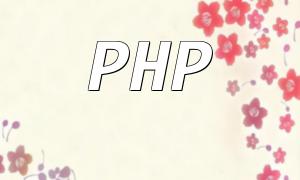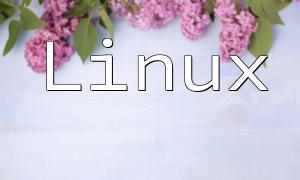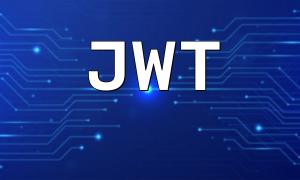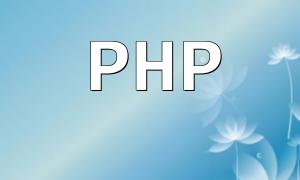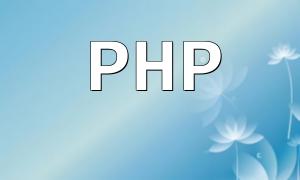CGI (Common Gateway Interface) is a standard protocol used for communication between web servers and applications. It supports multiple programming languages such as Perl, Python, and C. PHP, on the other hand, is a widely used server-side scripting language designed specifically for web development, with seamless integration with HTML.
CGI allows a web server to call a specific application to process a user's request and return dynamic content, typically an HTML page. CGI is often used in scenarios requiring complex computation or large-scale applications.
Here’s a simple CGI example written in Perl:
#!/usr/bin/perl
print "Content-type: text/html
";
print "CGI Example";
print "Welcome to CGI!";Compared to CGI, PHP offers better performance and ease of use. PHP scripts run directly on the server, avoiding the need to generate separate executable files, thus reducing processing time. Additionally, PHP integrates seamlessly with databases, making it ideal for developing dynamic content.
Below is a simple PHP script that displays the current time:
date_default_timezone_set('Asia/Shanghai');
echo "The current time is: " . date('Y-m-d H:i:s');While both CGI and PHP have their specific use cases, the choice of technology depends on the project’s requirements. For high-traffic websites, PHP is usually the better choice due to its performance and ease of database interaction. In contrast, CGI is better suited for smaller or specialized applications.
This article has provided a basic explanation of CGI and PHP with code examples. Both technologies have their strengths, and mastering their usage is essential for web developers. We hope that the examples provided will help you better understand CGI and PHP, laying a solid foundation for future development projects.
